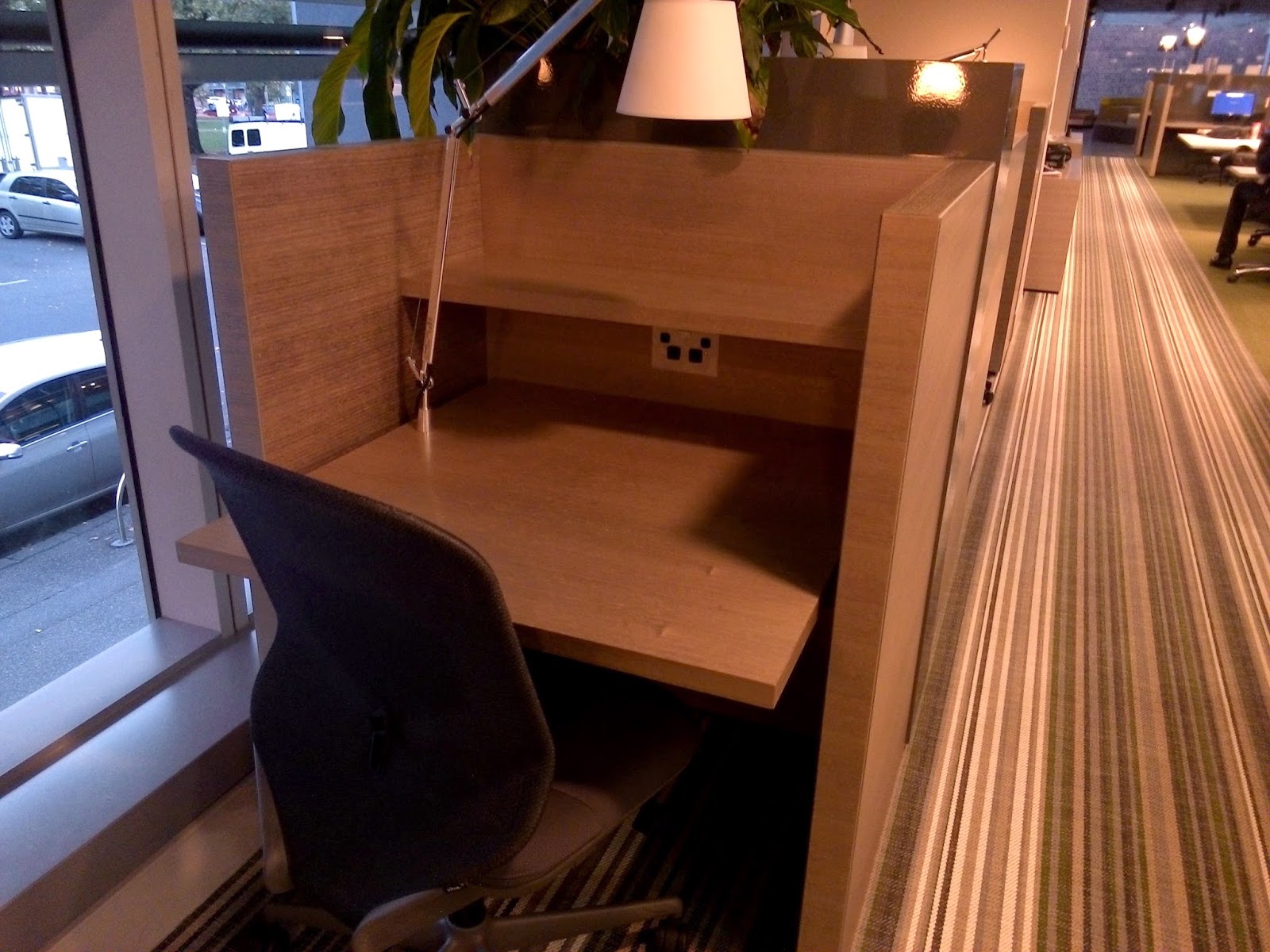Coming in to this course I was able to share my prior knowledge of change management and leadership in module 1 which I learnt through teaching this area to VCE business management students. I think my knowledge has grown from an understanding of organisational leadership in profit driven businesses to include a school context of leadership and the teacher librarian.
I think for a long time I have been trying to avoid the fact that what I thought a librarian was is closer to the position description of a library technician (Australian Library and Information Association, 2014). The teacher librarian is a manager and leader. This fact was reiterated to me in my recent placement which was undertaken concurrently with this subject in a library which was staffed by two people. The librarian spent much of her time in her office preparing policy documents, budgets and other reports. The part-time library technician was the front of house staff member. In the assignment 1 blog post I mentioned a teacher librarian who inspired me in how they interacted with staff and students to highlight the importance of the library in learning. However, I did not see the managerial side of this person and how much work went on behind the scenes compared to the perspective I had during my placement. I think this teacher librarian would have been lost without a solid team behind them to take on the day to day running of the library. In a small school situation, with only one or two library staff, it would be very hard to implement change without major interruptions to library service. How do you take the time to write a new policy or plan a new teaching programme when you have a library to run? The end result is a library which has the appearance of being unmanned if you take the time out from the library or dated, irrelevant and unorganised if you don’t.
This problem highlights the need for team work and a leader who is able to influence a group to achieve goals. The leader needs to have the emotional intelligence and communication skills to manage a group of individuals.
Strategic planning for the future looks at what changes need to be made to the library to meet organisational goals and in this planning stage if under staffing is currently an issue propose alternate solutions. When undertaking a task like writing a strategic or a future proofing report such as this assignment the importance of team work is once again reiterated. Trying to identify ideas and still remain practical without the sounding board of a team is quite hard. The tasks in module 5 illustrated that across the industry there is confusion about the difference between mission and visions, and writing appropriate SMART goals in strategic planning documents (Locke & Latham, 2002). I think this is another area in which having a sounding board can add clarity.
Inspiration for the futures of libraries comes from libraries who are currently forging ahead with library innovation. While a school library generally does not have the large budget of a university or state library they are good benchmarks. The University of Melbourne explores the variety of functional spaces for recreation and learning. An exciting new library is the Library at the Dock which has been designed to incorporate games room, recording studio, a 3D printing lab as just a small section of technologies they are showcasing. There is potential for automation such as the Bookbot used by Hunt University, library freeing up librarians to develop multimedia classes and provide chat style reference services.
I am excited about the future of libraries and the varied role teacher librarians will play. I think the notion of what a teacher librarian will dramatically change as we move away from the traditional image of a library. There will still be large aspects of the job focused on information management but there will also be greater emphasis on helping clients communicate ideas and create information instead of just finding information. If we are truly committed to our profession’s standard of enabling lifelong learners in 21st century citizens then our library practices and facilities need to reflect that (Australian Library and Information Association & Australian School Library Association, 2004).
I believe leadership remains an area I need to work on personally. I have expressed my wavering thoughts on my own leadership throughout the course. In module 4, for example, my survey results indicated I had a competing style of leadership. I agree I am a very driven person, aiming for perfection in myself. However, most people probably view me as compromising or submissive in how I relate to others. Leadership is about being able to identify your weaknesses and building a team around you which can balance those weaknesses. I am someone who has specialist knowledge, I am an investigator, I am a creative problem solver and I am good at finding ideas and solutions. If I was developing a team to bring about change I would look for other specialists, evaluators, implementers and team workers to complement this (Belbin, 2012).
References
Australian Library and Information Association (ALIA) & Australian School Library Association (ASLA). (2004). Standards of professional excellence for teacher librarians.
Australian Library and Information Association. (2014). Careers in libraries and information management. Retrieved May 24, 2014, from Australian Library and Information Association: https://www.alia.org.au/employment-and-careers/careers-libraries-and-information-management
Belbin, M. (2012). Team roles at work. Hoboken: Taylor and Francis.
Locke, E., & Latham, G. (2002). Building a practically useful theory of goal setting and task motivation: A 35- year odyssey. American Psychologist, 57(9), 705-717.










